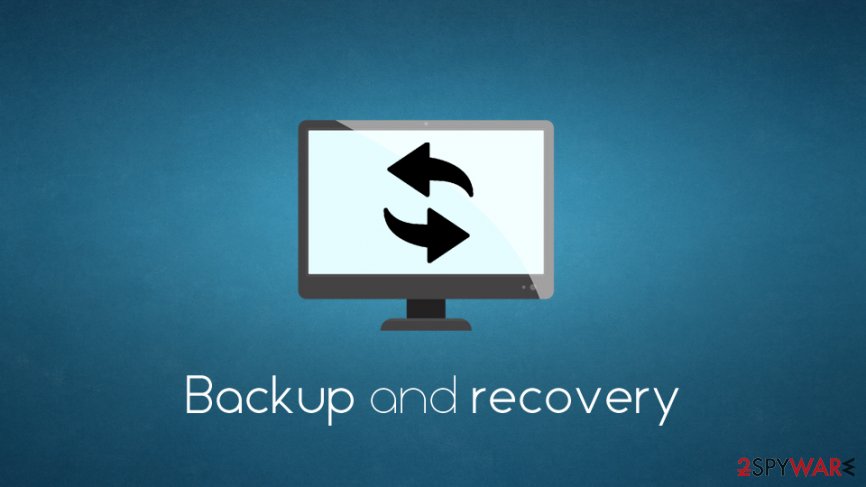

Restores begin with the last full backup and then apply the incrementals. Subsequently, a number of incremental backups are made after successive time periods. Typically a full backup of all files is made once or at infrequent intervals, serving as the reference point for an incremental repository. Duplicate copies of unchanged data are not copied. However, imaging is generally more useful as a way of deploying a standard configuration to many systems rather than as a tool for making ongoing backups of diverse systems.Īn incremental backup stores data changed since a reference point in time. Copying system images, this method is frequently used by computer technicians to record known good configurations. This method is the easiest to implement, but unlikely to achieve a high level of recoverability as it lacks automation.Ī repository using this backup method contains complete source data copies taken at one or more specific points in time. Disaster protected hard drives like those made by ioSafe are an alternative to an offsite copy, but they have limitations like only being able to resist fire for a limited period of time, so an offsite copy still remains as the ideal choice.īackup methods Unstructured Īn unstructured repository may simply be a stack of tapes, DVD-Rs or external HDDs with minimal information about what was backed up and when. An offsite copy protects against fire, theft of physical media (such as tapes or discs) and natural disasters like floods and earthquakes. 2 or more different media should be used to eliminate data loss due to similar reasons (for example, optical discs may tolerate being underwater while LTO tapes may not, and SSDs cannot fail due to head crashes or damaged spindle motors since they don't have any moving parts, unlike hard drives). It states that there should be at least 3 copies of the data, stored on 2 different types of storage media, and one copy should be kept offsite, in a remote location (this can include cloud storage). The 3-2-1 rule can aid in the backup process. The scheme determines how and when each piece of removable storage is used for a backup operation and how long it is retained once it has backup data stored on it. The backup data needs to be stored, requiring a backup rotation scheme, which is a system of backing up data to computer media that limits the number of backups of different dates retained separately, by appropriate re-use of the data storage media by overwriting of backups no longer needed. The repository could be as simple as a list of all backup media (DVDs, etc.) and the dates produced, or could include a computerized index, catalog, or relational database. There are limitations and human factors involved in any backup scheme.Ī backup strategy requires an information repository, "a secondary storage space for data" that aggregates backups of data "sources". Backup schemes may include dry runs that validate the reliability of the data being backed up. Additional techniques apply to enterprise client-server backup. The process can include methods for dealing with live data, including open files, as well as compression, encryption, and de-duplication. There are also different ways these devices can be arranged to provide geographic dispersion, data security, and portability.ĭata is selected, extracted, and manipulated for storage.
#Data backup and recovery archive#
There are different types of data storage devices used for copying backups of data that is already in secondary storage onto archive files. An information repository model may be used to provide structure to this storage. The data storage requirements can be large.

Ī backup system contains at least one copy of all data considered worth saving. Backups provide a simple form of disaster recovery however not all backup systems are able to reconstitute a computer system or other complex configuration such as a computer cluster, active directory server, or database server. Backups can be used to recover data after its loss from data deletion or corruption, or to recover data from an earlier time. The verb form, referring to the process of doing so, is " back up", whereas the noun and adjective form is " backup". In information technology, a backup, or data backup is a copy of computer data taken and stored elsewhere so that it may be used to restore the original after a data loss event. For other uses, see Backup (disambiguation). This article is about duplicate data in computer systems for data recovery.


 0 kommentar(er)
0 kommentar(er)
